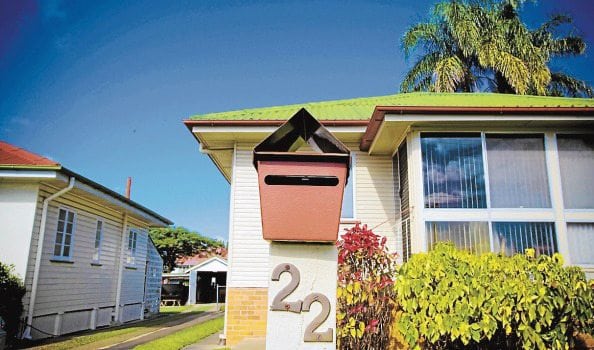While most fixed income investors recognise the need to take a more flexible approach to finding return in a threatening interest rate environment, T. Rowe Price head of international fixed income Arif Husain believes that most investors are overlooking fixed income’s role in protecting portfolios from equity market shocks.
With record low interest rates and the 30-year bond market bull rally coming to a close, returns in fixed income markets are becoming increasingly hard to find. That is why many fund managers have successfully marketed so-called unconstrained bond funds which do away with traditional benchmarks and are instead free to use any market, any security, and any means to find value.
But while using currency markets, negative duration, derivatives and so forth to achieve higher returns is all very well, it only deals with one part of the fixed income story.
Speaking to Financial Standard, Husain said: “The unconstrained world is a garden of both good and evil. The majority of folk out there have taken that broader flexibility and used it to try and find return. To borrow an American expression, they go on offense.”
“We’re using all that extra flexibility to try and find new ways to go on defence.”
Husain wants his bond fund, the T. Rowe Price Dynamic Global Bond Fund, to behave like bond funds used to behave – to be a store of value, or even post positive returns when equity markets fall.
“We want to provide a bit more liquidity, a bit more simplicity and a bit more transparency. We don’t want to use all the funky derivative structures that are out there,” Husain added.
“I used to be a derivatives trader so I know there’s nothing wrong with them, but I don’t think every client wants them in their portfolio.”
What Husain and his team look for when buying bond markets is three characteristics: low volatility; little probability of what the bond expert calls ‘jump risk’, or a regime change in volatility; and a relatively steep yield curve.
Regionally that approach has seen the fund take a relatively negative view on the US, where Husain believes a rate hike will come sooner than most investors expect; a very positive view in Asia, especially in lower volatility countries like South Korea; and a negative view on Europe, where the outcome from Greece’s debt crisis remains uncertain.
The strategy is unique in that it was built for the Australian market. Unusually, it launched here first (in February 2014) and was then released to the US market later. It is only just being made available to European investors now.
The fund has not had its defensive characteristics fully tested yet as the equity market has performed well in the 18 months it has been running but Husain did note its rolling correlation with equities over that period has been close to zero, if not a little bit negative.
Further, in short, sharp periods where the equity market has faced drawdowns, the fund has done exactly what it’s aimed to do – either staying stable or posting positive returns.
“The coming months up until and a little bit after the Fed rate hike are going to be a real testing ground for these types of strategies. When we see negative returns across traditional bond funds, you’ll want to see these strategies at least at zero and hopefully positive,” Husain concluded.
[via Financial Standard]











 The Australian economy is facing a number of head wins as we enter 2015 and therefore is expected to grow below long term averages. Whilst consumer spending is improving and residential construction and prices are rising, consumer confidence remains weak. Business confidence and investment is also weak.
The Australian economy is facing a number of head wins as we enter 2015 and therefore is expected to grow below long term averages. Whilst consumer spending is improving and residential construction and prices are rising, consumer confidence remains weak. Business confidence and investment is also weak.